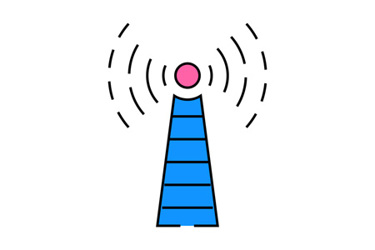Power Modules: One Shortcut To EMI Compliance
By Brian DeBoi

Electromagnetic interference (EMI) is a significant challenge in power electronics, arising from rapid switching in semiconductor devices like silicon (Si) IGBTs and silicon carbide (SiC) MOSFETs. As switching frequencies and edge rates increase, higher harmonic emissions are generated, impacting device performance and complicating compliance. Power modules, which integrate components into a single package, offer a solution by providing controlled capacitance values that aid in EMI prediction and mitigation.
One key source of EMI is parasitic capacitance between semiconductors and heatsinks. High-frequency common-mode currents can flow through this capacitance, increasing system emissions. Grounding heatsinks for safety further complicates EMI management, as it provides an additional path for noise. Designers traditionally use EMI filters to suppress unwanted emissions, but filters are bulky and costly. Instead, optimizing parasitic couplings early in the design phase reduces the need for extensive filtering.
Simulation tools, like LTspice, allow designers to model EMI behavior, including the impact of baseplate capacitance on emissions. By leveraging known capacitance values in power modules, such as those from Wolfspeed, designers can experiment with mitigation techniques before physical testing. This enables optimized systems with lower EMI, reduced costs, and improved power density.
Ultimately, power modules simplify EMI management by offering predictable capacitance and efficient assembly, allowing designers to achieve compliance and minimize noise in high-performance applications.
Get unlimited access to:
Enter your credentials below to log in. Not yet a member of RF Globalnet? Subscribe today.
